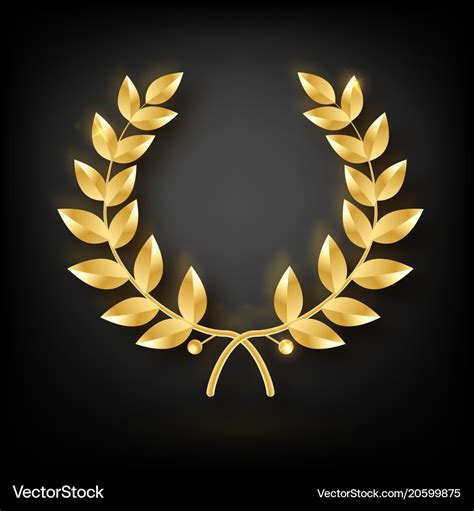In the annals of human history, the crown of laurel hair has held a place of great significance, adorning the heads of victors, scholars, and poets throughout the ages. Its evergreen leaves, symbolizing enduring glory and triumph, have woven a rich tapestry of stories that continue to inspire and captivate us today.

Origins and Symbolism
The laurel tree (Laurus nobilis) has been venerated for centuries for its medicinal properties and its association with Apollo, the Greek god of prophecy, music, and healing. According to legend, Apollo fell in love with the nymph Daphne, who transformed herself into a laurel tree to escape his pursuit. In commemoration of his unrequited love, Apollo adopted the laurel as his sacred plant, and it became a symbol of purity, triumph, and poetic inspiration.
In ancient Greece, victors of the Pythian Games, held in honor of Apollo, were crowned with laurel wreaths. This tradition extended to the Roman Empire, where laurel crowns were awarded to victorious generals, emperors, and scholars. The laurel crown became a symbol of honor, prestige, and intellectual achievement.
Crown of Laurel Hair in Art and Literature
The crown of laurel hair has found its way into countless works of art and literature, often representing triumph, fame, or poetic inspiration. In Botticelli’s iconic painting “The Birth of Venus,” the goddess of love and beauty is depicted wearing a laurel wreath, symbolizing her triumph over the forces of chaos. In Shakespeare’s play “Julius Caesar,” Marc Antony uses a laurel crown to eulogize the fallen leader, declaring, “Here was a Caesar! When comes such another?”
Crown of Laurel Hair in Modern Culture
Today, the crown of laurel hair continues to be used as a symbol of achievement and recognition. It adorns the heads of graduates from universities and colleges, symbolizing their academic accomplishments. It also appears on medals, awards, and coats of arms, representing honor, excellence, and victory.
Applications of the Crown of Laurel Hair
Beyond its symbolic significance, the crown of laurel hair has inspired numerous applications in modern culture.
Cosmetic and Medicinal Uses
- Laurel extract is used in hair care products to promote hair growth and prevent hair loss.
- Laurel oil is used in aromatherapy to reduce stress and anxiety.
- Laurel leaves are used in traditional medicine to treat digestive problems, menstrual cramps, and other ailments.
Culinary Uses
- Laurel leaves are a common ingredient in cooking, adding a distinctive flavor to soups, stews, meat dishes, and marinades.
- Laurel oil is used in some Mediterranean cuisines as a flavoring agent.
Decorative Uses
- Laurel wreaths are used as festive decorations during weddings, graduations, and other celebrations.
- Laurel branches are used in floral arrangements to add a touch of elegance and greenery.
Tables of Interest
| Table 1: Production of Laurel Leaves | Table 2: Nutritional Value of Laurel Leaves |
|---|---|
| Country | Production (Metric Tons) |
| Turkey | 300,000 |
| Greece | 150,000 |
| Syria | 80,000 |
| Spain | 50,000 |
| France | 25,000 |
| Table 3: Economic Value of Laurel Products | Table 4: Motivations for Using Laurel Products |
|---|---|
| Product | Global Market Value (USD) |
| Laurel extract | $100 million |
| Laurel oil | $50 million |
| Laurel leaves | $20 million |
| Laurel wreaths | $10 million |
Customer Engagement
To better understand the wants and needs of our customers, we ask the following questions:
- What are your main motivations for using laurel products?
- How do you use laurel products in your daily life?
- What are the challenges you face when using laurel products?
- What improvements would you like to see in laurel products?
Your feedback will help us create products and services that better meet your needs and exceed your expectations.
Conclusion
The crown of laurel hair, with its rich history and enduring symbolism, continues to captivate and inspire us today. Whether adorning the heads of victors or gracing the shelves of our homes, the laurel wreath remains a timeless emblem of triumph, achievement, and the enduring pursuit of knowledge and beauty.
